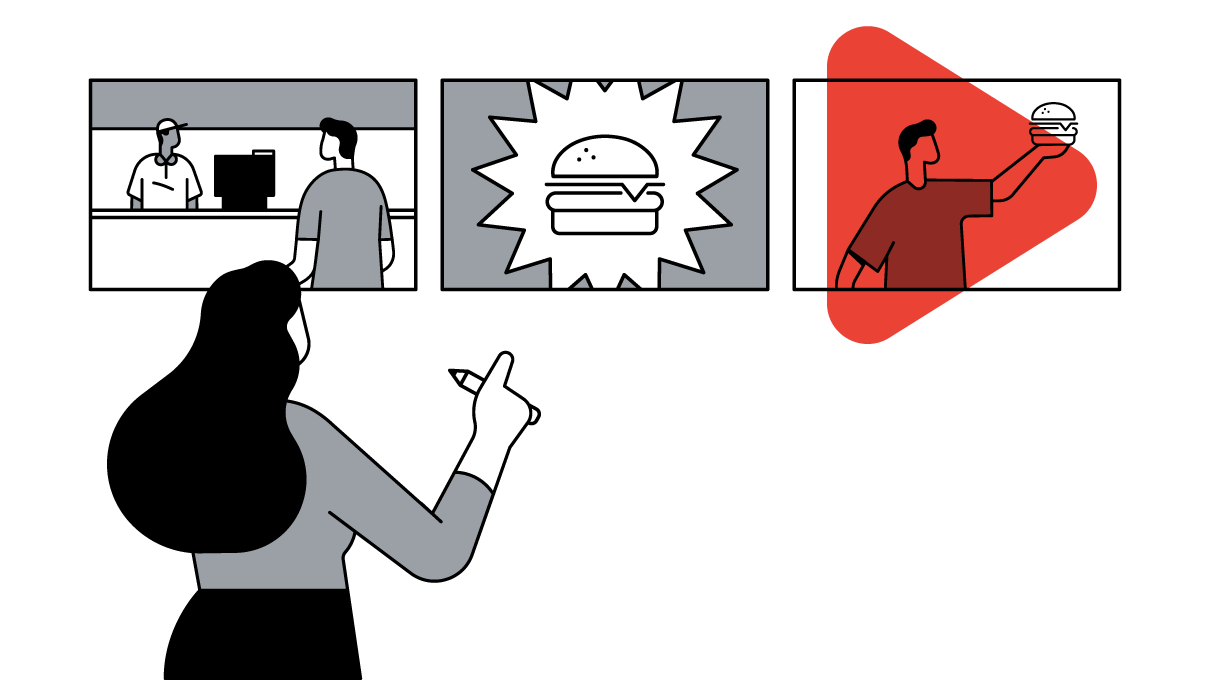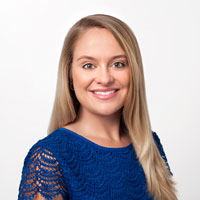Black millennials have more than doubled their mobile watch time on YouTube in the last two years.1 They watch 73% more YouTube on mobile per person than the general population of the same age.2 And they have one, clear ask of YouTube advertisers: more inclusive ads. More than three-quarters of black millennials would like to see brands better represent diversity in their ads.3
What can brands do to make truly inclusive advertising?
We posed that question to some of the most popular #YouTubeBlack creators, a movement to support and encourage more diverse creators on YouTube. And in true YouTube form, they answered by creating their own videos.
1. Diversity in every story
"Our interests are as diverse as we are. Don't put us in an 'urban' box or try to win us over with 'hip-hop.' I like space. I like sports. I love National Geographic. Animals. Technology. The answer isn't always to make a specific ad for this demographic. The answer is to represent diversity in every story you tell." —Cameron Miller and Stevie Green, DormtainmentTV
"Our channel echoes the same diversity we see in our audience. We're black and hispanic. We're gay. We're women. And most importantly: We're parents. This generation wants to see more diverse families like ours in parenting ads. Fewer and fewer families in America identify with a straight white mom and dad." —Denise Nunez, OliviaHas2Moms
2. Relatability through representation
"Really be about diversity. We're not all one shade of black. We have so many different skin colors, so many different textures of natural hair. We notice when advertisers go the extra mile to acknowledge that and avoid choosing one look to represent all black women and men." —Whitney White, Naptural85
"Representation is so important. If I don't see someone who looks like me in your ad—if I can't see myself wearing your product—I can't see myself buying it. If you're a beauty brand and you're launching a new foundation or lipstick, not including a woman of color in your ads means you've left out a massive group of consumers who can't see themselves using your product." —Jodi LaMont, The Brilliant Beauty
3. Check ad copy with a creator
"Having black creators on board earlier in the process—as co-creative directors of sorts—means you'll have someone who's part of the community crafting the ad story with you." —Jodi LaMont, The Brilliant Beauty
"Especially if you're trying to relate and use specific terms, just make sure you're not saying something you don't want to say. Sometimes you just don't know unless you're part of this community, so check your script with a YouTube creator. It'll make the conversation feel more authentic to both the viewer and the creator you're working with." —Whitney White, Naptural85
4. Niche doesn't mean exotic
"Don't neglect the smaller channels. Sometimes these small channels have a bigger impact. Their voices can reach niche audiences we may not be able to." —Stevie Green, DormtainmentTV
"Nothing about my ingredients are exotic. You can get every ingredient I use at any major grocery store. People using my recipes don't have to make any changes in their shopping routine. I think too often brands avoid partnering with a channel like mine—a Caribbean cooking channel—because their brand isn't Caribbean. What they don't understand is that I only use ingredients available in generic grocery stores. If their brand feels authentic in a grocery store, it could feel authentic in my videos." —Chris H. De La Rosa, CaribbeanPot
The tips here are just a starting point. Making more inclusive ads doesn't start or stop at the creative alone. As YouTube's Global Director of Diverse Marketing Oona King put it, "The demographic shift of the ad audience has far outpaced the demographic shift of the ad industry."
Challenge that lack of representation not just in your ad creative, but in your consumer research and focus groups, in your war rooms and production studios, in your boardrooms and in your media plans. Celebrate Black History Month by demanding not just more inclusive ads, but a more inclusive industry.








